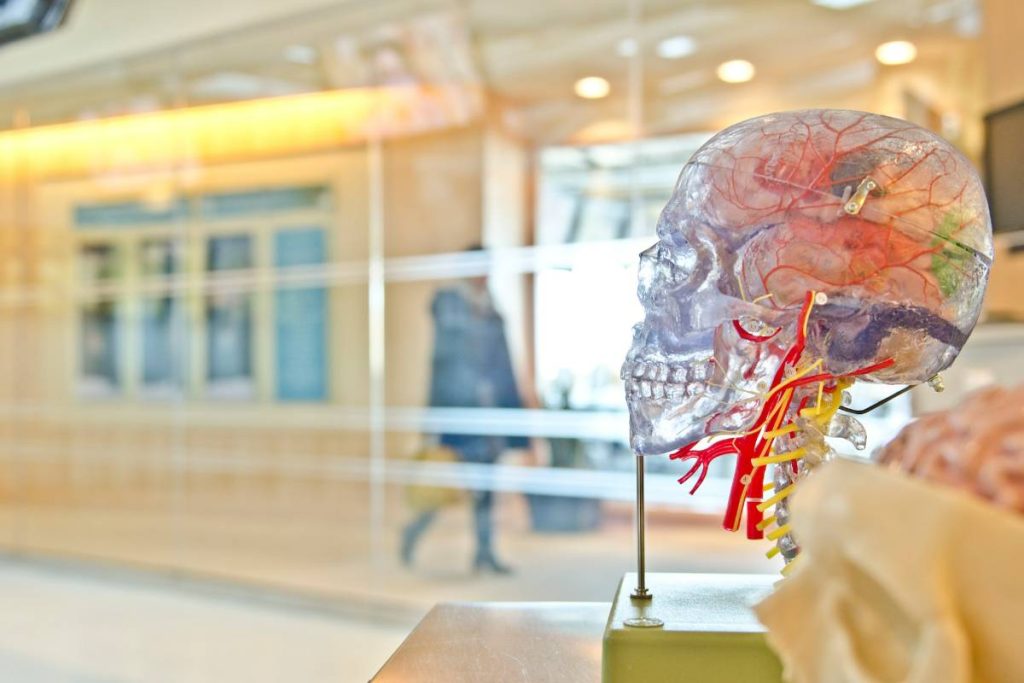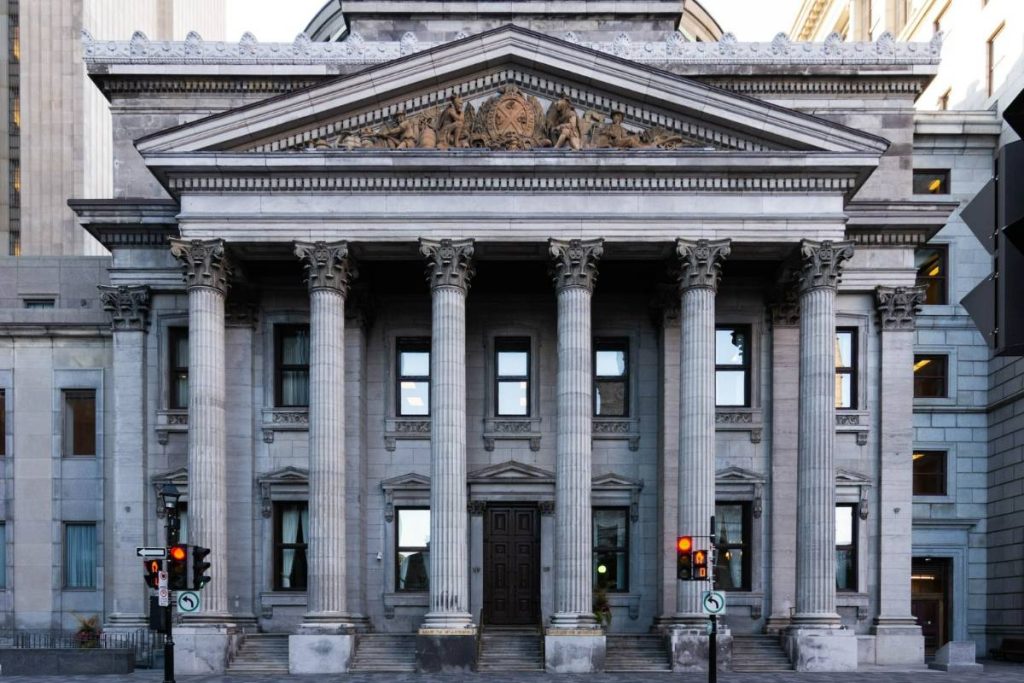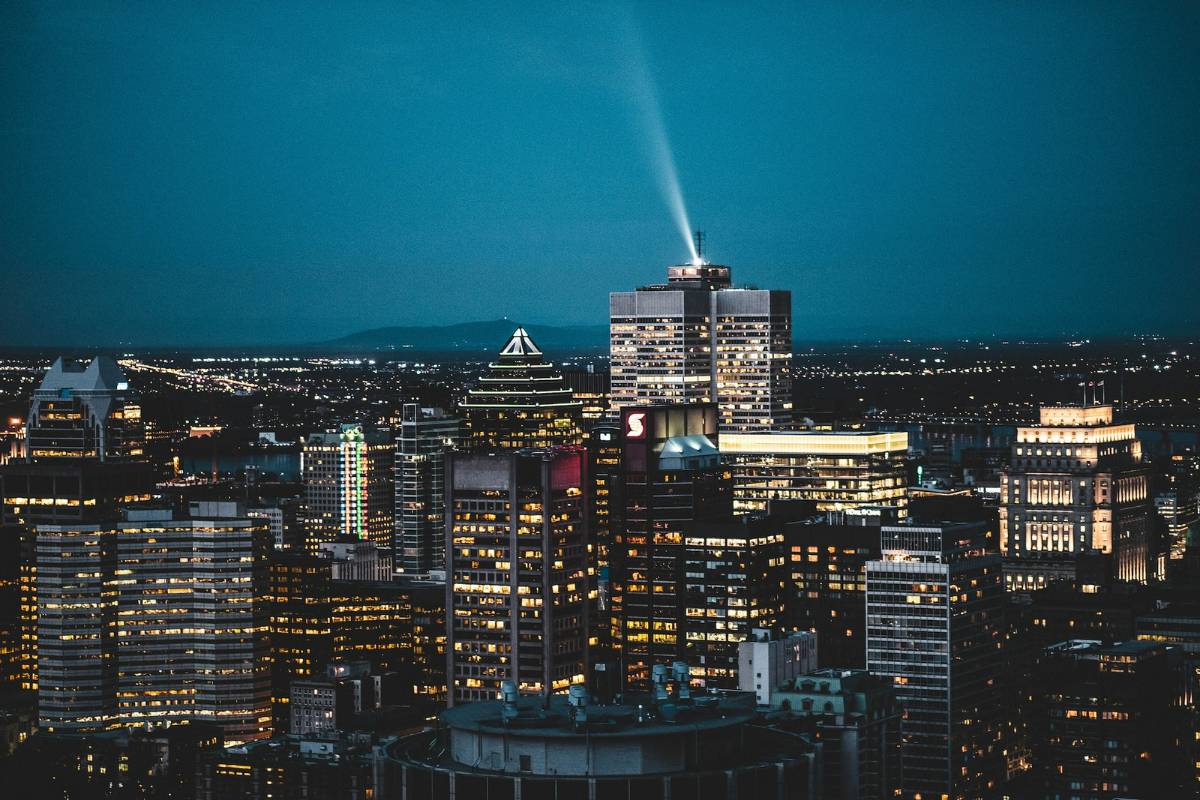Located on the Island of Montreal, the city of Montreal is the largest city in Quebec and has more than 1.7 million residents. It was named after Mount Royal in the middle of the city and is one of the 234 Hochelaga Archipelago Islands. There is archaeological evidence of native people who lived there 4,000 years ago.
The First Nations peoples started building villages in the 1200s and were joined by the St. Lawrence Iroquoians in the 1300s. You can learn more about the first settlers in some of these museums after you drop off your suitcases at a suitcase storage location in Montreal.
Marguerite Bourgeoys Historic Site
Located along the shoreline of the St Lawrence River in Old Montreal, this unique museum is dedicated to the first teacher and the founder of the Congregation of Notre Dame. Marguerite Bourgeoys was a nun born in 1620 who started a convent and taught young girls, the poor, and the children of the First Nations.
The collection includes some of the sacred objects from Bourgeoys as well as artwork like paintings and sculptures featuring the sacred teacher. You can also see medals, relics, and books from the school back in the 1700s. Don’t miss the painting of Marguerite Bourgeoys done by Pierre Le Ber in 1700.
Château Ramezay
About two blocks to the south, the Château Ramezay, which was built in the early 1700s, is a museum on Notre Dame Street across from city hall. It was built in 1705 and was the home of the governor Claude de Ramezay until it became the Canadian Army headquarters when they took over the city.
Benjamin Franklin stayed the night at the headquarters in 1776 when he was trying to encourage the troops to fight for the Americans in the American Revolutionary War. Today, you can see art as well as historical items from the 1700s and 1800s. There are about 30 thousand items including furniture, prints, and manuscripts.

Montreal Science Center
To get to the Montreal Science Centre, just go about six blocks to the southeast on the King Edward Pier of the Old Port of Montreal. Home to the IMAX with a 36,000-watt sound system, you can see a variety of documentaries and other films in the giant theater. They also have a variety of interactive exhibits to explore.
The Fabrik exhibit has creative challenges for inventing things with random items and learning about the moon at the Water in the Universe exhibit. The Windmills of the Imagination has the world’s first water-to-wind transformer created for the grand opening of the science center in 2000.
Montreal Museum of Archaeology
A few blocks to the south, the Montreal Museum of Archaeology and History will teach you all about the first settlers to Montreal back in the early days. The museum boasts the largest collection of archaeological remains from Montreal’s past in Canada. Some of the items were donated locally.
Some of the permanent exhibits include the Montreal Multimedia Show, Where Montreal Began, Archaeo-Aventure, and 1701 – the Great Peace of Montreal. Since it opened, the museum has also showcased over 30 temporary exhibits from Archaeology and the Bible from 2003 and The Tea Road in 2013.
Fort Ville-Marie
You only have to go about a block to the south to reach the Fort Ville-Marie site where Montreal was founded. The fortress was settled in 1642 by a group of French people and turned into the City of Montreal over the years. Beginning with fur trading, the French expanded into the area until it was taken by Britain in 1763.
The site was found in 2002 when the remains were uncovered during construction. The archaeological finding in the area proved the 1,000 years of history that started human habitation. Jacques Cartier visited the village of Hochelaga in 1535 when he found the St. Lawrence Iroquoians who had been there since the 1200s.

The Bank of Montreal Museum
Head about three blocks to the northwest to find the Bank of Montreal Museum, where you can visit the city’s oldest bank. Built in 1817, it is still the Bank of Montreal’s legal headquarters. The neoclassical building is fashioned after a Pantheon building with large pillars done by the architect, John Wells.
The building now features exhibits about the history of the bank with items such as a teller’s window from the 1800s, mechanical piggy banks, and old coins. You can also see a variety of checks, banknotes, and photos dating back to the early 1800s. Be sure to get some selfies in front of the powerful building.
International Civil Aviation Organization Museum
Also known as ICAO, this museum is just a short walk from the Bank of Montreal Museum. It is located in the main lobby of the ICAO Headquarters where you can see a mix of different milestones and important work from the ICAO such as photographs, documents, and artifacts. You can get a guided tour through the building to see the chambers, model aircraft, and artwork dating back to the 1940s. Learn about the Convention on International Civil Aviation that was signed by 54 nations in 1944 to encourage friendship and understanding among people of the world.
The McCord Museum
A few blocks northwest, the McCord Museum is a teaching museum to preserve and study the history of Canada. Located next to McGill University, the museum boasts over 1.4 million items. This includes over 7,300 aboriginal artifacts dating back to the 1800s like weapons, baskets, tools, and clothing.
There are also over 8,500 items like pieces of pottery and stone tools dating back 10,000 years. The collection of clothing includes women’s shoes, fans, hats, parasols, and dresses as well as menswear like suits and coats. You can even see the country’s oldest patchwork quilt from 1726 and toys from the 1800s.
While you are in the area, stop and try some of Montreal’s best eateries like the Tradito Peruvian Restaurant, Jatoba Asian food, or the Vargas Restaurant that serves sushi and prime rib. For some amazing seafood, try the Angry Lobster Seafood Bar or grab some poutine at Mister Steer.
